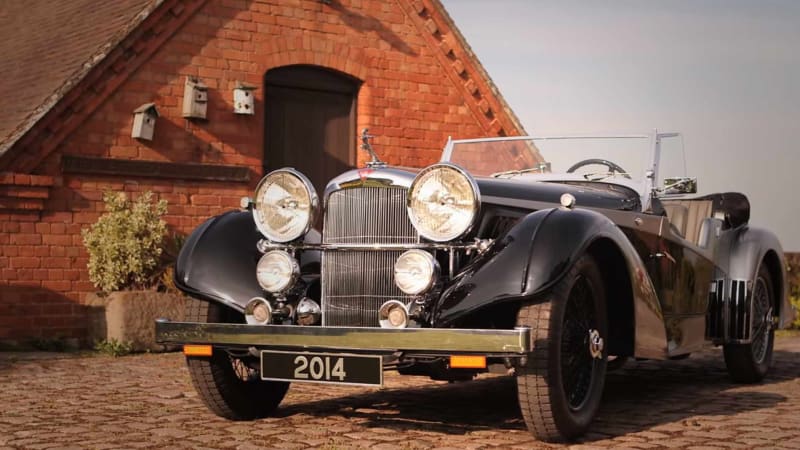Alvis Car Company announces new continuation models
https://ift.tt/330xXpK

Alvis has a long, complex history. The parts relevant to us are that it was founded in England in 1919, and made a range of exceptional cars almost continuously until 1968, when it crumbled as part of the British Leyland boondoggle. A group of Alvis employees formed a company called Red Triangle, named for Alvis’ logo, and bought all of the carmaker’s drawings, plans, data sheets, and unused parts including chassis and engine blocks. Red Triangle has existed ever since to provide parts, service, and restoration to Alvis owners. In 2009, Red Triangle bought the Alvis name from defense company BAE systems — we told you, complex history — becoming the Alvis Car Company. In 2010, the reborn automaker created the first continuation model, a pre-war 4.3 Litre Short Chassis with Vanden Plas coachwork.
That first 4.3 Litre has done so well that the Alvis Car Company just announced it is extending the Continuation Series lineup. There are now six models to choose from in two engine outputs of the Alvis straight-six motor built from the original drawings, with a few upgraded parts. The 4.3 Litre pre-war models will continue to include the aforementioned Vanden Plas, as well as the Bertelli Sports Coupe and Lancefield Concealed Hood. The 3.0 Litre postwar vehicles come in the 1960s-era bodystyles Park Ward Drop Head Coupe, Graber Super Coupe, and Graber Cabriolet. Both engines have been updated with modern ECU and electronic fuel injection, and Alvis worked with the UK’s Driver and Vehicle Standards Agency so that each model is road legal in the UK and certain other European markets, along with Japan. Alvis said it’s working on road-legal status in the U.S. via SEMA’s Low Volume Motor Vehicle Manufacturers Act, assuming Congress can ever get that wrapped up.
The prewar cars are proper continuations, since Alvis had to close its Coventry factory in 1940 after a German bombing raid. Said owner Alan Stote, “The factory had planned to build 150 4.3-litre chassis in 1938. As the site suffered serious damage by bombing in 1940, only 73 chassis were completed, so we will continue that series, with new chassis, built to the original drawings.” The VINs will pick up from those chassis made before the war. With a hard limit on build numbers, no more than 25 of each pre-war continuation will be produced. According to the Alvis site, each one makes 170 horsepower, shifts through a four-speed synchromesh transmission, and posts a top speed of 110 miles per hour.
The postwar examples will use new-old-stock chassis’ and engine blocks that Red Triangle’s held in storage for more than 50 years. We’re not privy to the horsepower figure, but they get five-speed synchromesh transmissions, servo-assisted disc brakes at all corners, and a top speed of 120 mph. They can be optioned with modern conveniences like an automatic transmission, power steering, climate control, and modern audio. Alvis will also offer a three-piece luggage set in Connolly leather. It appears the Graber twins will not be limited, but the Park Ward Drop Head is capped at 25 examples.
Prices definitely do not come from the past, each model starting at £250,000, or about $306,000. However, every Alvis, like every Morgan, is built the old-fashioned way: by hand, with aluminum bodywork wrapped over an ash frame that rests on a steel chassis. Each model takes from 4,000 to 5,000 hours to build, and comes with a three-year warranty.
Auto Blog
via Autoblog https://ift.tt/1afPJWx
July 29, 2019 at 10:36AM
